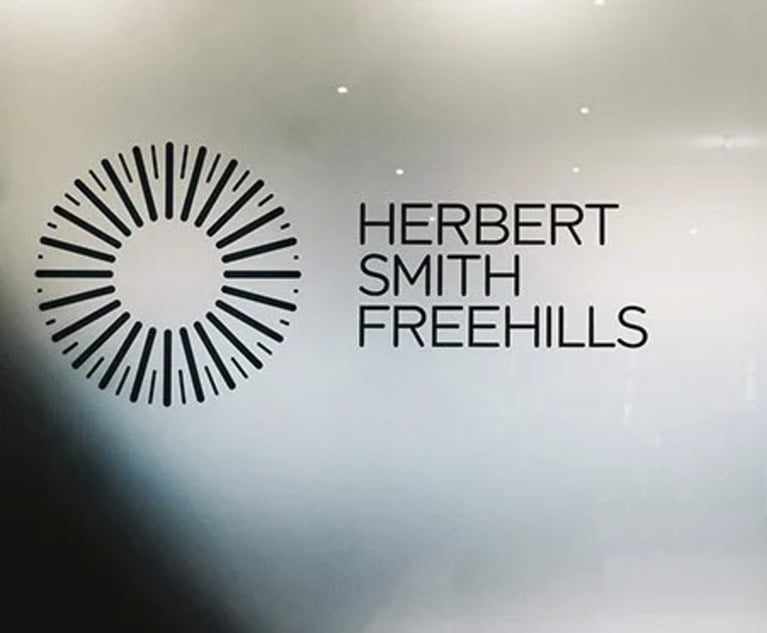Many law firms have invested in the latest trend – from expert systems and business intelligence in the 1990s to enterprise resource planning and customer relationship management systems in the new millennium – only to fail to exploit the full potential of the software. ‘Shelfware’ is a term that can be applied to packages acquired but never or rarely used, products bought to satisfy a particular function or requirement that no longer exists and ‘point’ solutions (addressing one specific function) rendered redundant by newer software applications. You will probably be more than mildly surprised to hear such shelfware is still on your servers and likely still being paid for.
How much shelfware is out there? US market watcher Compass says between 8% and 15% of all software spending goes towards shelfware, with software usually accounting for 40% of the overall IT budget. This indicates that you could be spending thousands of pounds needlessly each year, purchasing, renewing and contracting for technology which fails to fulfil any useful purpose. In December 2005, software giant CA polled approximately 130 IT directors across the UK and Ireland and found 43% of them admitting they did not have “as much information on [their software] assets as they would like”.








